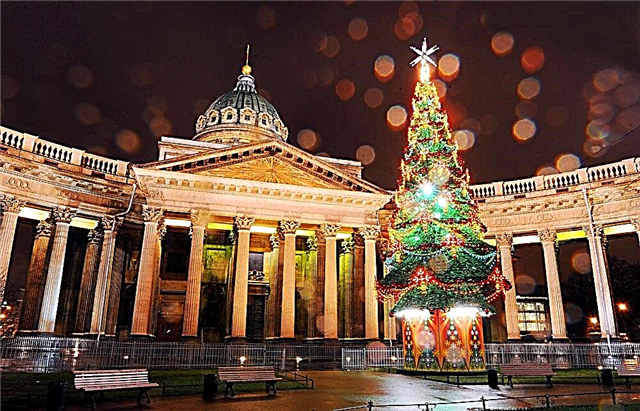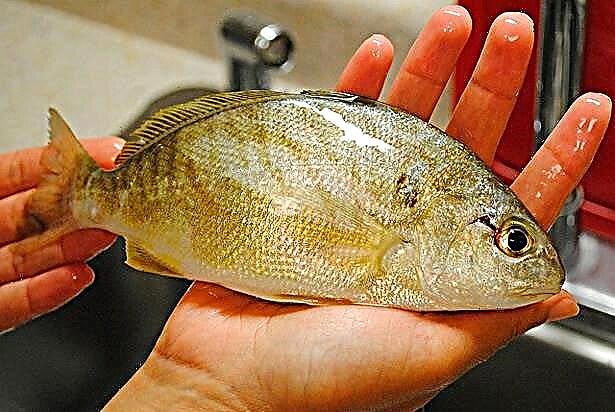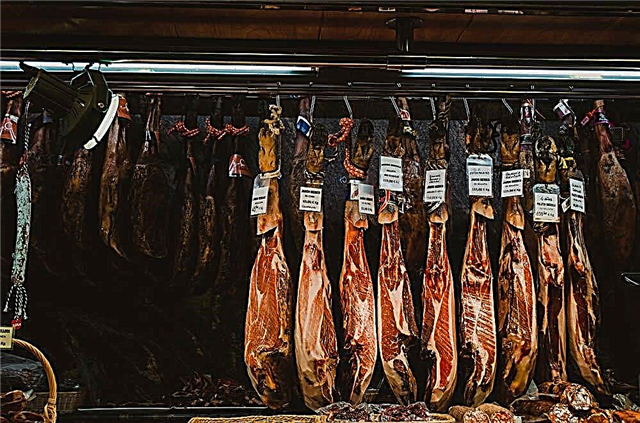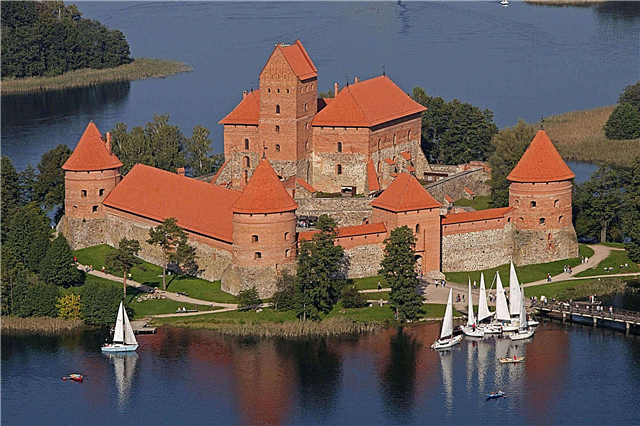The Lithuanian state has a glorious and great history. Lithuanian lands are located in the northeastern part of Europe; in the Middle Ages it was a powerful state. It was then called the Grand Duchy of Lithuania and united the lands of the modern territories of Lithuania, Belarus and part of Ukraine. Lithuania, together with Poland, was part of the powerful state of the Commonwealth, until the 18th century. The history of the state is reflected in the architecture of Lithuanian fortresses and castles.
Castles were built as defensive structures. They were built in strategically important places, fortified with embankments, surrounded by strong walls and ditches. Repeatedly passed from hand to hand and collapsed. A significant number of castles are located on the territory of modern Lithuania. Now many of them have been restored and are used as museums and cultural centers.
The most interesting medieval castles and fortresses in Lithuania
List, photos with names and descriptions of ancient castles!
Trakai
The castle in the form of a Gothic fortress was a defensive structure. Located in the city of Trakai. Built in 1409. It is located on an island in the middle of Lake Trokskoye, connected to the coast by a bridge. It is surrounded by a fortress wall with 11 towers. Never been taken by storm. After the defeat of the Teutonic Order, it became a princely palace, as it lost its military significance. Restored in the second half of the 20th century.

Kaunas
Built in the 13th century at the confluence of the Neman and Neris rivers. Served to protect against the Teutonic Order. Built of stone on the principle of "shell" masonry. In the plan - a quadrangular building with a courtyard, surrounded by thick walls and a moat. It was destroyed in the XIV century during the assault and rebuilt, in the XVII century it was destroyed by the waters of the river. A part of the castle has been preserved, where knightly performances are now held.

Birzhai
Built in the 16th century as the residence of the Radziwills family. The castle was fortified with bastions and defensive embankments, surrounded by moats with water, and an artificial lake near the walls. During its history, it was twice destroyed and rebuilt. During the last restoration, it acquired the features of the Renaissance, consisted of 20 buildings for various purposes. Reconstruction was made in 1985, now there is a library and exposition "Selo".

Upper Vilna castle
The building that has survived from the Upper Vilna Castle is the Gediminas Tower. Located on the Castle Hill in the center of Vilnius, in the western part of the mountain, at an elevation of 48 meters. They go up there by a spiral road or by funicular. Named after Prince Gediminas - the founder of the city. The tower is made of rough stone and red brick, octagonal, 20 meters high.

Lower Vilensky castle
Erected in the XIV-XV centuries by Prince Vitovt the Great, it was the residence of the Lithuanian princes in the XVI-XVII centuries. Destroyed in the Russian-Polish war, completely dismantled at the beginning of the 19th century. Now there is a newly erected building - an exact copy of the palace, as a symbol of sovereignty and restoration of the historical rights of Lithuania. There is a multifunctional cultural center.

Mednitsky
Stone castle on the border with Belarus. It was erected in the 15th century on a plain near a swamp. The area is 6.5 hectares with embankments and ditches. On the plan there is an irregular square with powerful walls 1.5-2 meters thick and 14-15 meters high. Along the perimeter there is a gallery for shooters and 4 towers. The castle was visited by representatives of the Gedimin family. Was the residence of Prince Casimir Jagiellon. Opened after restoration in 2012, now there is a museum.

Klaipeda
This is the only surviving order castle. Built in the 13th century from stone. A castle with a courtyard, surrounded by protective embankments and moats. Was given at the disposal of the Teutonic Order in exchange for its land. It was destroyed and completed several times. In Soviet times, a shipyard was located on its territory. In 2002, a museum of the history of the fortress and the city of Klaipeda was opened there.

Raudondvaris
Built by the Crusaders in the XIV century. After the Battle of Grunwald - part of Lithuania. Located near Kaunas. Belonged to the Radziwill family. During its history, the castle was destroyed and rebuilt many times. The appearance of the castle changed after each reconstruction. In 1967 the castle was restored, keeping the Renaissance style. Now the castle houses a collection dedicated to the Tyszkiewicz family and J. Naujelis.

Raudan
Another name is the Zubov Palace, named after one of the owners. Built in the 16th century on the site of an old fortress, the castle was owned by the Polish king Sigismund II Augustus. Throughout history, it has had several owners and each time it was rebuilt and changed its appearance. The castle is now a neo-gothic building, made of red bricks. The castle is surrounded by a huge park with an area of 25 hectares.
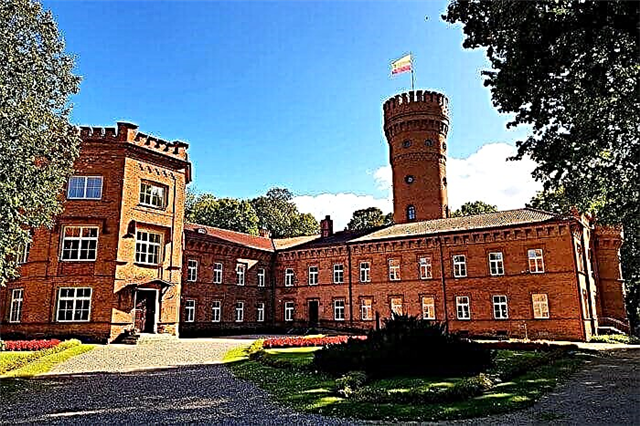
Coven Fortress
Built in the 19th century to protect the western borders of the Russian Empire. A large-scale system of defensive structures, with a railway network 18 km long, a train station, a telegraph, a temple, a mill and forts. During the Second World War it was used as a concentration camp, where Lithuanian, Polish, German Jews and Soviet prisoners were exterminated. Now the 9th fort houses the Holocaust Museum.




